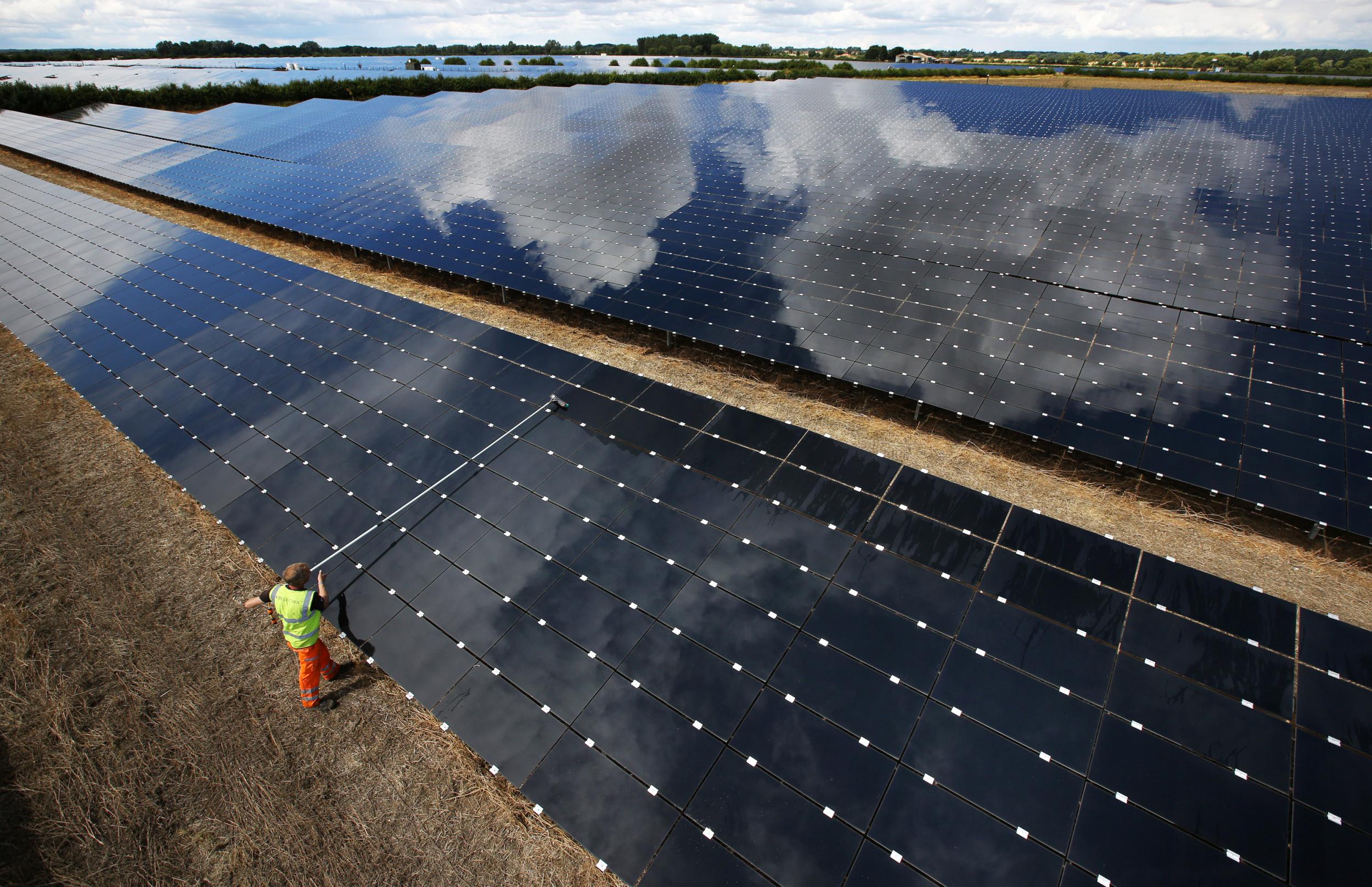
What is Ed Miliband’s ‘postcode pricing’ plan for energy bills and how would it work?
The government is weighing up a change to the way UK households and businesses pay for electricity, where homes in the South of England could pay more than those in Scotland.
Zonal electricity pricing, which is being dubbed “postcode pricing” for bill payers, splits the UK into parts with different electricity rates for each.
In Scotland, renewable power, including wind and hydroelectric, amply provides for all the nation’s power needs, and prices there could drop significantly.
Meanwhile, in the South and Midlands of the UK, peak power demand requires far more fossil fuels to be used, which would mean higher prices compared to Scotland.
Proponents of the plan insist that it could slash energy prices for everyone and end an effective subsidy which parts of the UK provide to the south, where wind and solar farms are scarce.
But critics say the plan does not solve the underlying problem which plagues the UK’s grid, that household prices are tied to those of expensive natural gas.
They also point out that prices for homes in the south could go up.
But Energy Secretary Ed Miliband insisted the reforms were far from finalised and that bill hikes were out of the question.
He told LBC: “I’m not going to take a decision that is going to raise prices in some parts of the country. That is not what I’m going to do.
“Honestly, this is about reforms to cut prices for people, that is my absolute bottom line here.”
Campaigners have long called for a faster uptake of green energy and also more insulation for draughty homes in order to cut bills.
In theory, green energy is cheaper than fossil fuels because the fuel – wind and solar power – are both free, while oil, gas and coal are expensive to extract, process and transport.

In practice, because wind and solar energy only come during sunny and windy periods, the grid needs to top itself up with gas-fuelled electricity. This costs a lot more and is used as a gauge for domestic electricity pricing.
Dale Vince, the green entrepreneur who set up the energy firm Ecotricity, told the Today programme that he thought zonal pricing was a “terrible idea”.
He warned that in the areas where most people live in the UK, such as Southern England, “people will pay more”.
“That’s a gift for the people who say we can’t afford green energy,” he said.
What is ‘zonal pricing’?
Zonal pricing is where different areas of the UK pay different rates for electricity.
The idea behind this is that it is unfair for those who live close to wind and solar farms which provide cheap, low-carbon energy to pay the same as those who live far away.
Proponents of zonal pricing, such as Greg Jackson, the boss of Octopus Energy, say this would lower bills for everyone since more wind power could be used. On particularly windy days suppliers are sometimes paid to switch wind generation off.
This is because the grid was designed for coal-fired power stations and it needs to be overhauled, Mr Jackson.
Smaller zones could be priced using renewables instead.
How would it work?
The UK would be divided into zones. If you live in a zone with more renewable power generation, you and your business will pay less for electricity.
This will reward those who support cheap, green energy projects in their area and could prove a boon for Scottish and northern English manufacturing, as the UK suffers the highest industrial electricity prices in Europe.

Many of the smaller zones would use a much higher percentage of renewable energy.
How much would household energy bills be affected?
This is still unknown. It would depend on where these zones are and how, precisely, the benefits of cheaper renewable power are calculated.
Would southerners pay more?
Homes in the South of England would pay more than everyone else in this scenario, but it is yet to be decided if they will pay more than they currently pay.
This is largely down to whether zonal energy is paired with other reforms in electricity pricing, which could cut prices for everyone.
Recent surges in electricity prices have been down to high natural gas prices.
Natural gas supplies less than a third of UK power with low-carbon sources such as wind, solar, hydro and nuclear power providing more than half.
But because gas-powered stations can be quickly turned on to pick up the slack on windless days or when demand surges, they attract higher prices, driving up the costs for all users.
A reform to this system could help cut costs for most customers.
How would it come into effect?
The government would have to give this plan a green light.
Zonal pricing is one idea being considered within a broader review of the UK’s electricity market, which was kicked off by the last government.







